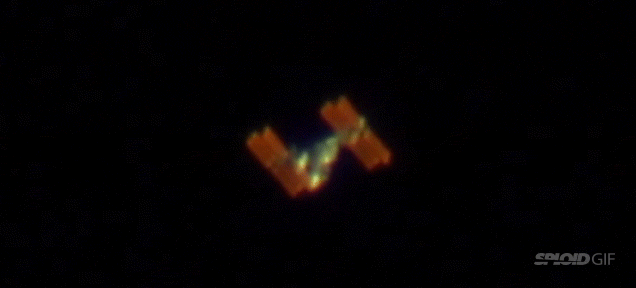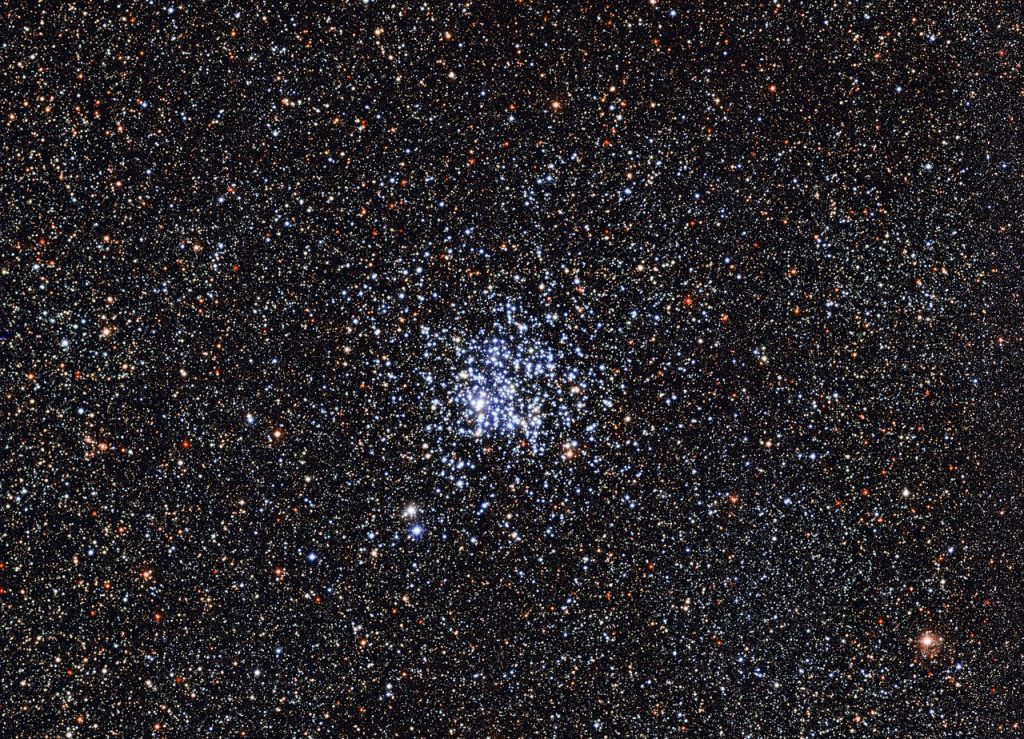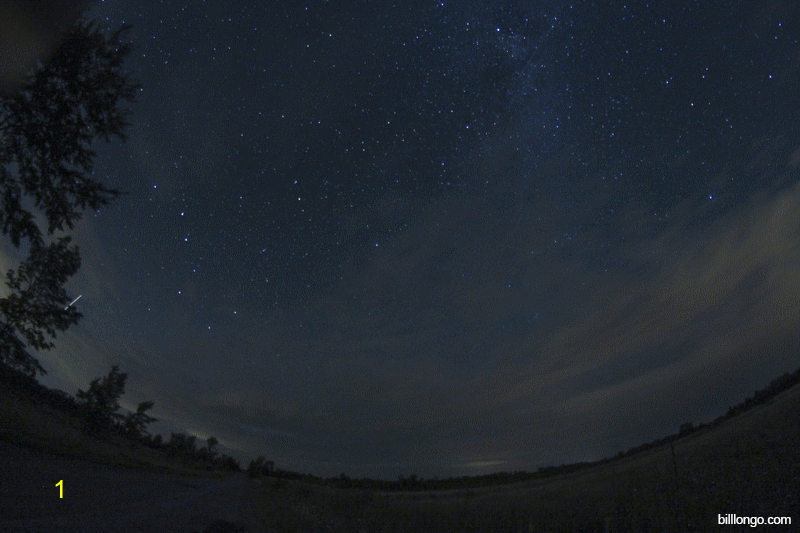The Blue Moon is Super near Shiny Saturn, Medusa Blinks, Venus Gleams at Sunrise, and Info on Seasons!
The red ring on this simulated picture shows the size of an average full moon. The full moon on August 30 will be a lunar perigee syzygy, or supermoon – the largest for 2023. (Starry Night Pro 8) Hello, Late-Summer Stargazers! Here are your Astronomy Skylights for the week of August 27th, 2023 by Chris…
Read more





